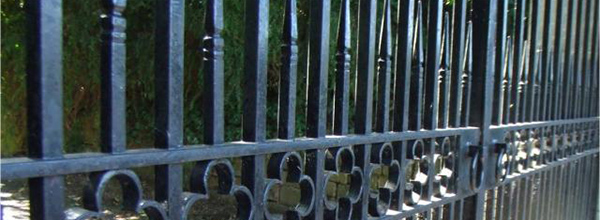An explanation of the processes used in working with the natural mineral, zinc.

Mined zinc
Zinc’s excellent corrosion resistance has led to it being used as a protective coating on many products, able to win the battle with all weather extremities. Zinc has the remarkable ability to form thick, adherent corrosion by-products. This super resilience leads to a rate of corrosion considerably lower than similar metals – it can be10 to 100 times slower, depending on the harshness of the environment.
Hot dip galvanizing, a method of coating steel, iron or aluminium with zinc to protect it against the elements, has been used in various ways for over 100 years and has often been the method of choice. However hot zinc spraying is being increasingly used as an alternative to the hot dipped galvanizing process as it is often cheaper and easier to use. It’s a process of applying molten zinc with a handgun applicator, effectively welding the zinc to the article’s surface.
There are several stages in the zinc spraying process. First of all cleaning of the surface from oil and other debris, which could cause contamination. Abrasive grit blasting is done to roughen the surface which helps the coating to bond more easily. When the zinc is sprayed the metal impacts and then bonds to the roughened steel and goes solid. More layers of spray can be used to build up the coating thickness. For example 300 microns although coatings 80 microns thick are popular and often used. The coating then has to be sealed unless it is to be painted. This will give additional protection to the steel. The preparation stage means surface imperfections such as oxides of iron can be stripped away. This created a surface profile on the steel target that has peaks and valleys, caused by using the abrasive.
The most widely used processes for zinc spraying are the 2-wire electric arc spray process and the flame spray process. For both processes spray distances between 15 and 30 cm between the spray gun tip and the steel receiving the sprayed coating are common. After drops of metal are sprayed from the gun in liquid form, they can become coated with a small amount of oxide, depending upon the gas, and start to become solid before hitting the substrate. Usually the droplets are mainly still runny when they impact the target and will flatten. The coating then builds up from layers of these flattened droplets that solidify. Due to this the main bonding between the coating and target is developed by something called mechanical interlocking. The resulting coating is porous (circa 10-15%) but as the zinc is galvanic to the steel, it will still prevent corrosion. A paint or seal can be added as this will extend the life a little longer and stop white rust (looks a bit like talc) forming.
Some of the main benefits of sprayed zinc over hot dip galvanizing are that there is no heat distortion. This is why it is sometimes preferred on fences or gates, particularly fairly thin section fences which would be likely to distort when dipped into a bath of molten zinc. If there are sealed sections, they would need venting for hot dip galvanizing but not for zinc spraying. Another application is for cylinders used for scuba diving.

Zinc sprayed railings
You can also apply thicker coatings than with a hot dip process. In the most harsh environments, you can apply a more dense coating (say 250 microns) for longer life. As the coating is porous, it also produces a good base for paint coats without etch priming, which is normally required with painting over hot dip galvanizing.
Big projects such as wind energy towers can be too large to be dipped in the galvanizing bath. Zinc thermal spraying is then used to provide corrosion protection to large or cumbersome steel articles. Additionally, zinc thermal spraying can also coat steel that is already in use and is difficult to reach, which can be treated much more easily then using the hot dip process.